Facts About Incarceration in Maryland
Maryland’s incarceration rate is higher than many democratic countries. Over 32,000 are locked up, with 83,000 cycling through local jails annually. It’s like a revolving door! Counties like Baltimore and the Eastern Shore bear the brunt. Emerging adults aged 18-24 face the longest prison terms, making up a big chunk of inmates. This group needs attention to improve outcomes and reduce racial disparities.
Governor Moore is working on reforms to change the justice system. His focus includes addressing racial issues and easing reentry for those released. The Prison Policy Initiative sheds light on these challenges. Can the public defender system help? Understanding these facts about Maryland state prisons is crucial. Let’s explore more about the criminal justice system.

Current Incarceration Statistics in Maryland
The numbers surrounding Maryland’s incarceration rates are eye-opening. With 475 people incarcerated per 100,000 residents, this rate surpasses many democratic nations. In total, over 32,000 individuals are behind bars, and more than 83,000 cycle through local jails annually. Talk about a revolving door! Pretrial detention is a particular issue, with 51% of those in jails not yet convicted. Moreover, the reach extends even further with over 62,500 people on probation or parole. Emerging adults find themselves overrepresented in this system, often serving long prison terms, which highlights the need for policy reform. Governor Moore is on it, targeting racial disparities and pushing for change. The Prison Policy Initiative emphasizes these challenges, while the public defender system plays a crucial role in advocacy. People in Maryland are hopeful for future improvements. Addressing Maryland prisons and their impact on emerging adults could lead to a more equitable criminal justice system.

Historical Growth of Prison Populations
The historical rise in prison numbers tells a compelling tale in Maryland. Over the past 40 years, the state has witnessed a drastic increase in incarceration rates. One alarming aspect is that emerging adults, particularly young Black men, are facing the longest prison terms. The situation is more than just numbers; it’s a narrative of racial and age-related disparities that persist.
While Governor Moore has initiated reforms, challenges remain in tackling these disparities. The Prison Policy Initiative emphasizes the need for reform. It highlights how the criminal justice system has disproportionately impacted certain groups.
The impact on people in Maryland extends beyond those inside bars. Families and communities are affected by these long prison terms. Can the public defender system step up to address these issues? Maryland’s situation calls for innovative solutions and bold policy decisions. Addressing these complex issues is crucial for a fair system.
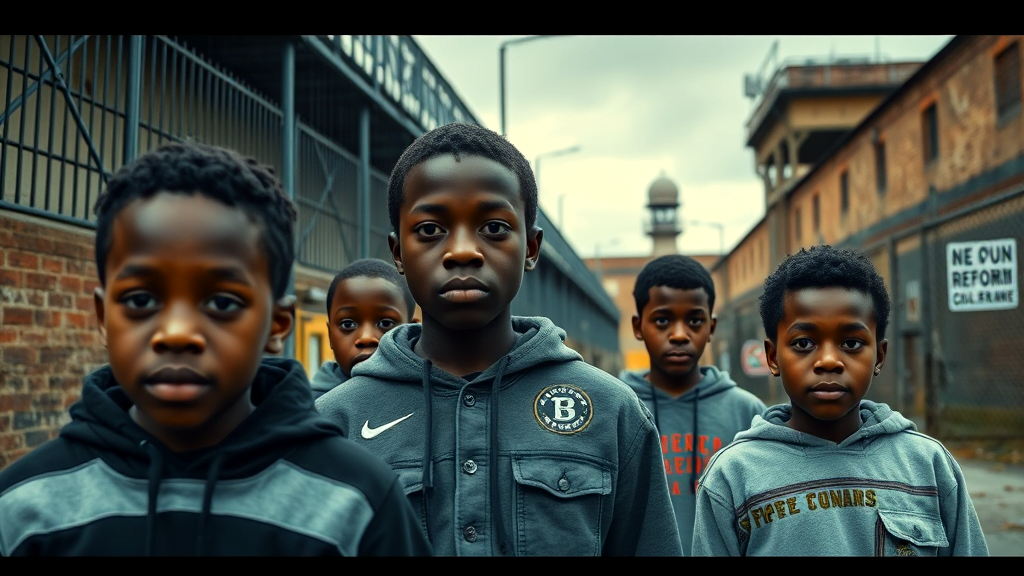
International Comparison of Maryland’s Rates
When comparing Maryland’s incarceration rates globally, the numbers are eye-opening. Maryland locks up 475 people per 100,000 residents, a figure that towers over many democratic nations. This state has over 32,000 individuals currently behind bars, with thousands more cycling through local jails annually. Maryland prisons feel the stress, with the counties of Baltimore and the Eastern Shore contributing heavily to the prison population.
The criminal justice system in Maryland struggles with stark racial disparities. Black individuals make up 70% of the prison population, despite their smaller share of the state population. For emerging adults, the challenge is even greater. They often serve disproportionately long sentences, spotlighting systemic issues.
Governor Moore’s actions, like pardoning cannabis convictions, aim to mend these gaps. Yet, emerging adults remain disproportionately affected. Reforming Maryland’s approach to long prison terms is critical for a fair future.

Racial Disparities in Maryland’s Prisons
The racial gap in Maryland incarceration rates is both staggering and telling. With Black individuals comprising 70% of those in confinement, there’s a clear imbalance. This is especially true for young adults, who often serve extended terms. Governor Moore’s recent initiatives, such as the pardoning of cannabis offenses, highlight efforts to tackle these disparities.
These changes aim to mend fractures in the system and provide second chances. However, the road to fairness is long, as emerging adults frequently face long prison terms without adequate support. Reforming policies targeting this age group could be crucial.
A look into broader reforms reveals an urgent need for a more equitable approach. The public defender system often bears the brunt, needing more resources to ensure fair representation. As Maryland’s leaders push for reforms, they must consider the voices of people in Maryland affected by these systemic issues.

The Role of Emerging Adults in Incarceration
Tackling the involvement of young adults in Maryland’s incarceration challenges reveals critical issues. These emerging adults frequently find themselves entangled in the system, facing disproportionately long prison terms. Maryland’s criminal justice system, with its high detention rates, shows an urgent need for reform. Governor Moore’s initiatives reflect efforts to address these concerns, yet more is required.
Many people in Maryland recognize the need for changes, particularly focusing on this age group. Addressing disparities in the system could lead to better outcomes. Notably, Maryland State Prisons hold a significant portion of these individuals, contributing to racial and age-related imbalances.
Reforms targeting emerging adults could help balance the scales and reduce the prison population. Investing in this demographic can prevent future cycles of incarceration, offering a brighter future. As the state continues its efforts, the focus remains on improving justice and creating opportunities for all.
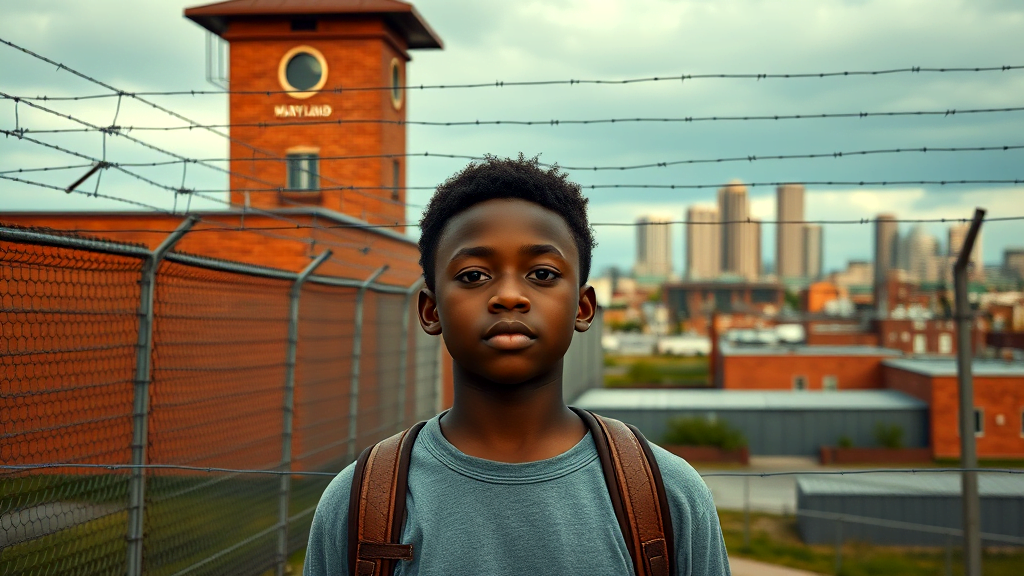
Efforts to Reform Maryland’s Justice System
Efforts to reform Maryland incarceration are gaining momentum, with various strategies focusing on reducing prison numbers and addressing disparities. Governor Moore has made headlines by pardoning 175,000 cannabis convictions, a move aimed at reducing racial disparities and easing barriers for affected individuals. This is just one part of a broader attempt to tackle systemic issues within Maryland incarceration.
The state is also considering initiatives specifically targeting “emerging adults,” a group overrepresented in the system. These efforts aim to reduce their long prison terms and provide better support. By reallocating incarcerated individuals back to their home communities, Maryland seeks to combat prison gerrymandering.
Future policies are focusing on improving pretrial conditions and enhancing reentry support, which could significantly affect the broader picture. Legislative groups like the Maryland Equitable Justice Collaborative are at the forefront, pushing for comprehensive reforms. The journey is long, but these steps are paving the way for meaningful change.

Governor Moore’s Initiatives and Impact
Governor Moore’s strategies have stirred interest in Maryland’s incarceration challenges. By pardoning 175,000 cannabis convictions, Moore aims to dismantle barriers for those affected, particularly focusing on racial disparities. These actions don’t just stop with past offenses. They extend to the emerging adults overrepresented in the system. He understands the weight of long prison terms on this group and seeks alternatives to foster more equitable outcomes.
Moore’s initiatives have sparked discussions on pretrial detention reforms. Addressing these issues is crucial for the 51% held without conviction. The state is eyeing policies to improve reentry support, aligning with efforts to return individuals to their home communities.
These measures are part of a larger conversation involving legislative groups advocating for systemic change. The path isn’t easy, but Moore’s steps are setting the stage for a fairer Maryland. His focus is not just on numbers but on human lives.
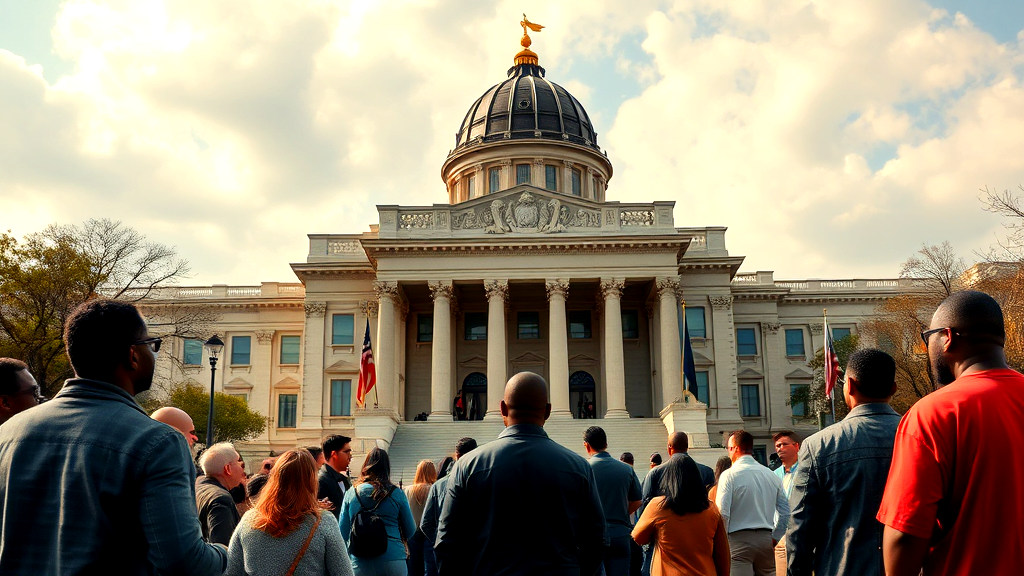
Future Legislation and Policy Recommendations
In considering future laws and policy suggestions, Maryland needs to tackle the high incarceration rate. Addressing pretrial detention is a key step, as over half of those in jails have not been convicted. This situation demands immediate attention to reduce unnecessary detainment.
The focus should also include emerging adults, who face significant challenges and longer sentences. Tailored programs can aid this group, offering them a fair shot at rehabilitation and reintegration.
Governor Moore’s initiatives provide a promising start, yet more comprehensive reforms are necessary. Engaging legislative groups like the Maryland Equitable Justice Collaborative could be instrumental in drafting effective policies. These efforts aim to reduce racial disparities and improve reentry support.
Ultimately, reducing long prison terms and focusing on rehabilitation over punishment can lead Maryland toward a more equitable future. Let’s hope these changes bring about a brighter tomorrow for everyone involved.
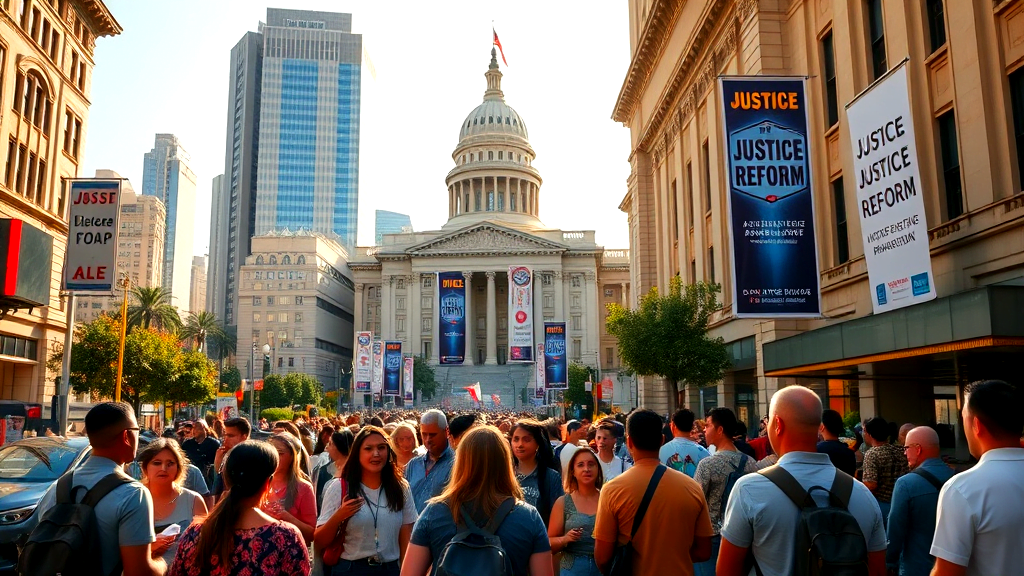


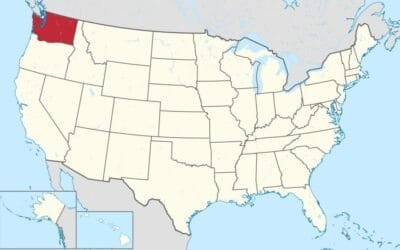
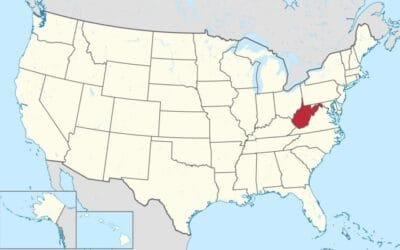
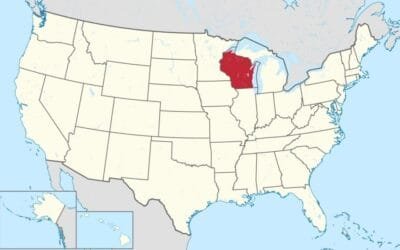
0 Comments